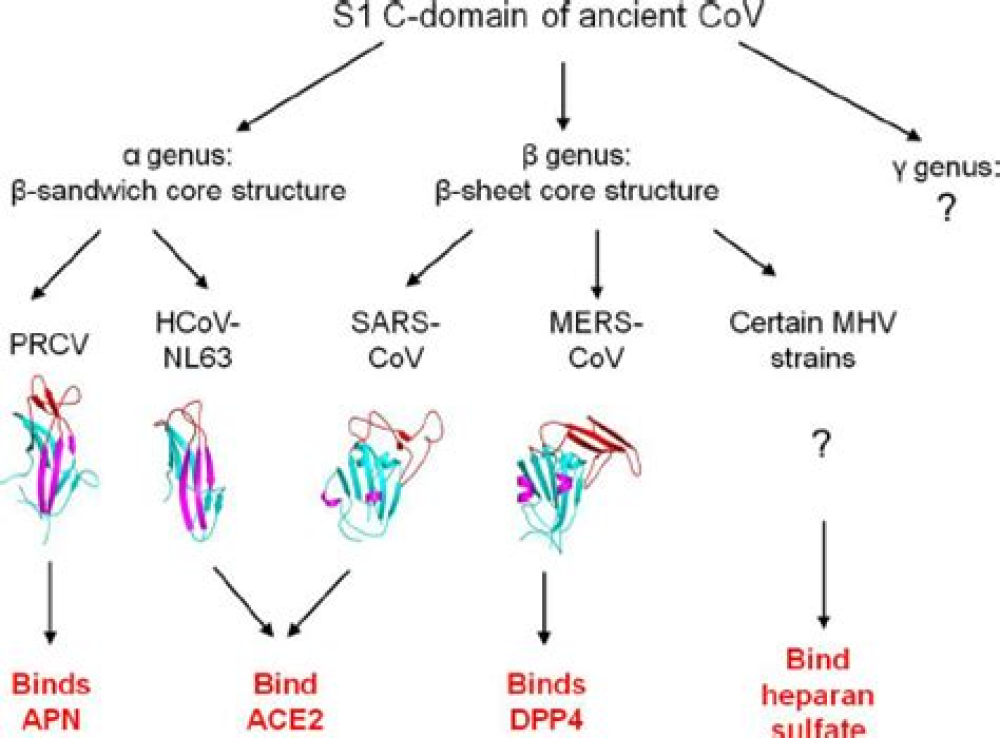Authors: By Dhruv Khullar
In 1988, Richard Lenski, a thirty-one-year-old biologist at UC Irvine, started an experiment. He divided a population of a common bacterium, E. coli, into twelve flasks. Each flask was kept at thirty-seven degrees Celsius, and contained an identical cocktail of water, glucose, and other nutrients. Each day, as the bacteria replicated, Lenski transferred several drops of each cocktail to a new flask, and every so often he stored samples away in a freezer. His goal was to understand the mechanics of evolution. How quickly, effectively, creatively, and consistently do microorganisms improve their reproductive fitness?
Lenski’s flasks produced about six new generations of E. coli a day; the bacteria woke up as babies and went to bed as great-great-great-grandparents. In this way, Lenski and his team have studied more than seventy thousand generations of E. coli over thirty-three years. Compared with their distant ancestors, the latest versions of the bacterium reproduce seventy per cent faster; it once took them an hour to double their ranks, but now they can do it in less than forty minutes. Different populations have taken different paths to enhanced fitness, but, after decades, most have arrived at reproduction rates within a few percentage points of one another.
Lenski’s Long-Term Evolution Experiment, or L.T.E.E., as it’s called, has yielded fundamental insights into the mutational capabilities of microorganisms. For his work, Lenski, now in his sixties and at Michigan State University, has received a MacArthur “genius” grant and a Guggenheim Fellowship. “I’m not sure I can tell you how it’s affected my thinking, because I’m not sure I can conceive of being in this field without this experiment existing,” Michael Baym, an evolutionary biologist at Harvard Medical School, recently told Discover.
Three of the experiment’s key findings are especially relevant today. The first is that, in general, there were diminishing returns to mutation over time: the bacteria made many of their most reproductively advantageous moves early on. A second finding, however, was that the bacteria never stopped getting fitter. Seventy thousand generations in, they’re still finding new ways to improve, albeit at a somewhat slower rate. “I had sort of imagined that things would have flatlined,” Lenski told me recently, when we spoke over Zoom. “But there seem to be endless possibilities for tinkering and progress. If there is a hard limit, it’s so, so far away that it’s impractical to consider on an experimental timescale—maybe even a geological timescale.”
For More Information: https://www.newyorker.com/science/annals-of-medicine/how-will-the-coronavirus-evolve
